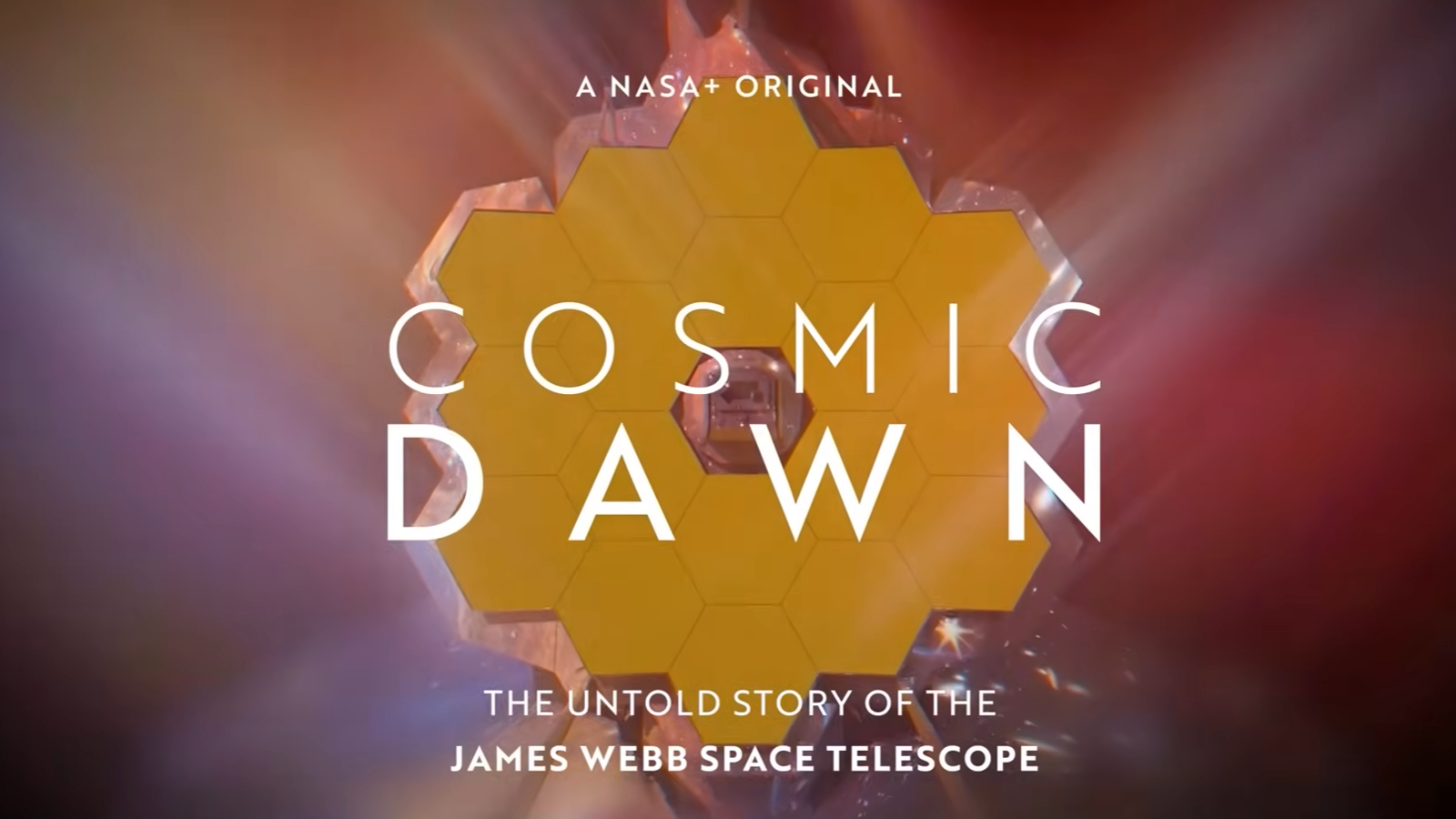Supersonic Concept Plane Would Shush Sonic Booms

A new designconcept for a futuristic faster-than-sound aircraft could break through legalbarriers to supersonic flights over land by shushing the sonic booms created bysuch vehicles.
The conceptaircraft, envisioned by aerospace company Lockheed Martin, would revolutionizesupersonic cruising by relying upon a so-called "inverted-V"engine-under wing configuration, where the engines sit atop the wings ratherthan beneath, NASA officials said in a statement.
A Lockheed illustrationof the supersonic concept released by NASA is ?just one of several designspresented in April to the space agency's Aeronautics Research MissionDirectorate following a call for studies on advanced aircraft that could taketo the skies sometime around 2030 or 2035.
NASA alsohas high hopes for air-breathing scramjet technology that could efficiently propelvehicles at hypersonic speeds and potentially help boost future space planesinto Earth orbit. [AirForce's plans for hypersonic weapons.]
The UnitedStates and other nations previously banned overland supersonic flights becauseof their classic sonicboom and rattle effect that can ruin anyone's morning cup of coffee.
Thatprevented the now-defunct Concorde airliner from going supersonic except overwater during transatlantic trips. Since then, NASA has performed severalstudies with supersonic flights aimed at shushingsupersonic booms.
Suchconsiderations also matter for ongoing hypersonic tests. DARPA tested its HTV-2hypersonic glider prototype off the southern coast of California in late April,but lost contact with the vehicle early on during the flight.
Get the Space.com Newsletter
Breaking space news, the latest updates on rocket launches, skywatching events and more!
The U.S. AirForce used the same Pacific corridor when it achieved the longesthypersonic flight in May with its X-51A Waverider. But the X-51A has yet tobreak the hypersonic speed record of NASA's X-43A project, which achieved Mach9.6 in November 2004.
- Gallery - X Planes, Part 2, Part 3
- Air Force's X-51A Scramjet Breaks Record for Longest Hypersonic Flight
- Can You See a Sonic Boom?
Join our Space Forums to keep talking space on the latest missions, night sky and more! And if you have a news tip, correction or comment, let us know at: community@space.com.

Space.com is the premier source of space exploration, innovation and astronomy news, chronicling (and celebrating) humanity's ongoing expansion across the final frontier. Originally founded in 1999, Space.com is, and always has been, the passion of writers and editors who are space fans and also trained journalists. Our current news team consists of Editor-in-Chief Tariq Malik; Editor Hanneke Weitering, Senior Space Writer Mike Wall; Senior Writer Meghan Bartels; Senior Writer Chelsea Gohd, Senior Writer Tereza Pultarova and Staff Writer Alexander Cox, focusing on e-commerce. Senior Producer Steve Spaleta oversees our space videos, with Diana Whitcroft as our Social Media Editor.
